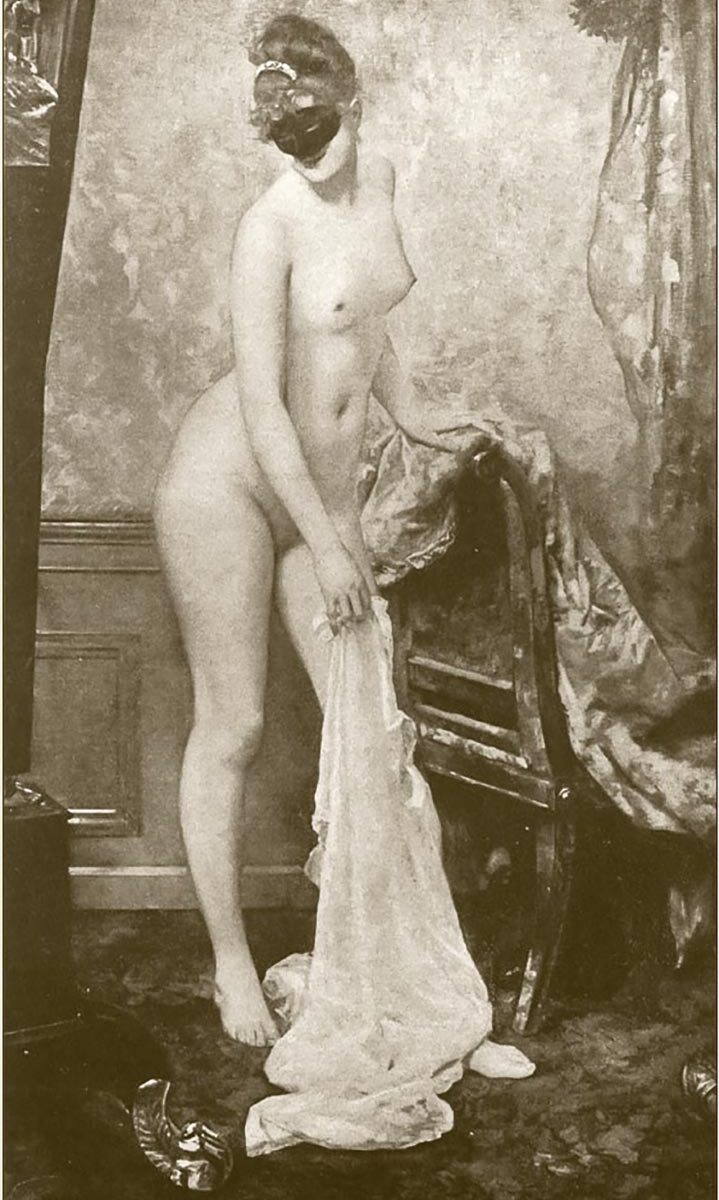La Femme au Masque | The masked woman and Camille du Gast
A scandalous story of Fake news, salacious slander and and unstoppable motor racing lady.
Henri Gervex, the outrageous Orientalist.
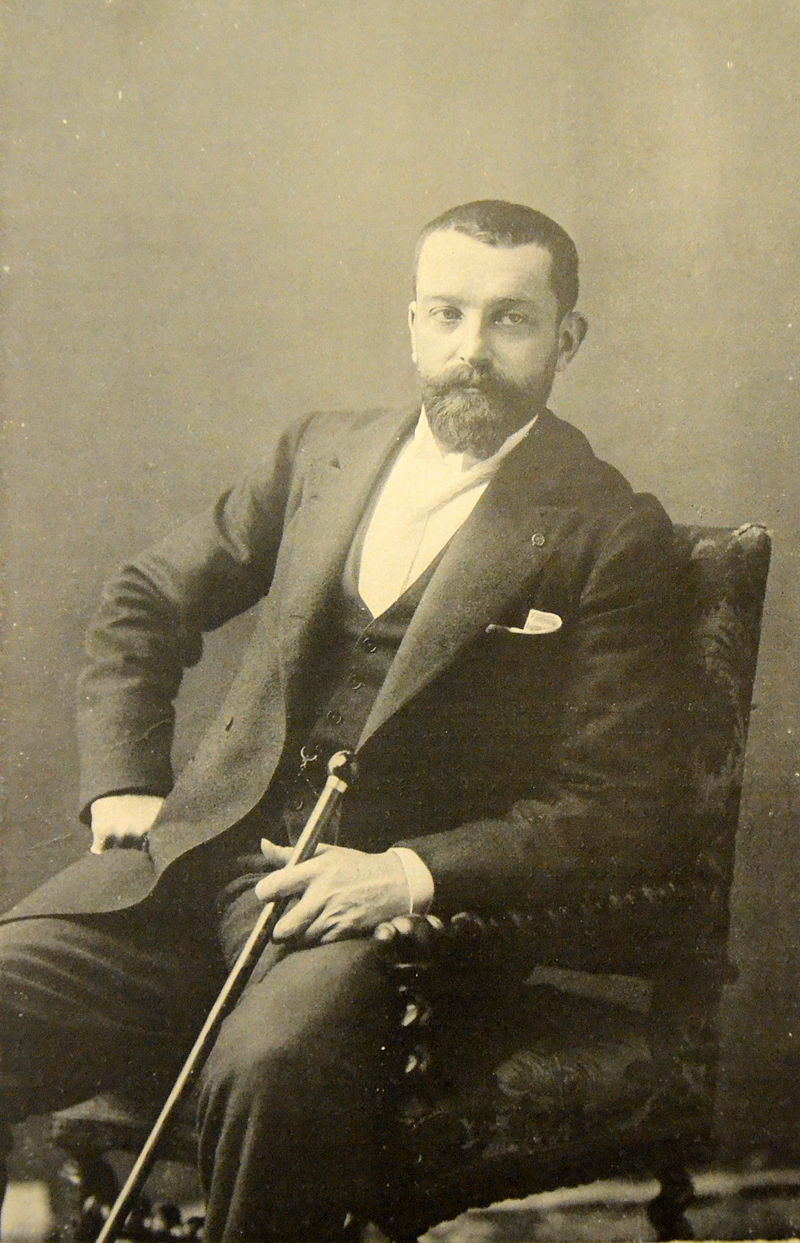
Henri Gervex was born 10 December 1852 in Paris as the son of Joséphine Peltier and Félix Nicolas Gervex, a piano maker. In 1871 he was accepted into the École des Beaux-Arts where he studied painting under Alexandre Cabanel, Pierre-Nicolas Brisset and Orientalist Eugène Fromentin.
His early work belonged almost exclusively to the mythological genre, the excuse of this time for the painting of the nude. His Rolla of 1878, based on a poem by Alfred de Musset, was rejected by the jury of the Salon de Paris for immorality, since it depicted a scene from the poem of a naked prostitute after having sex with her client.
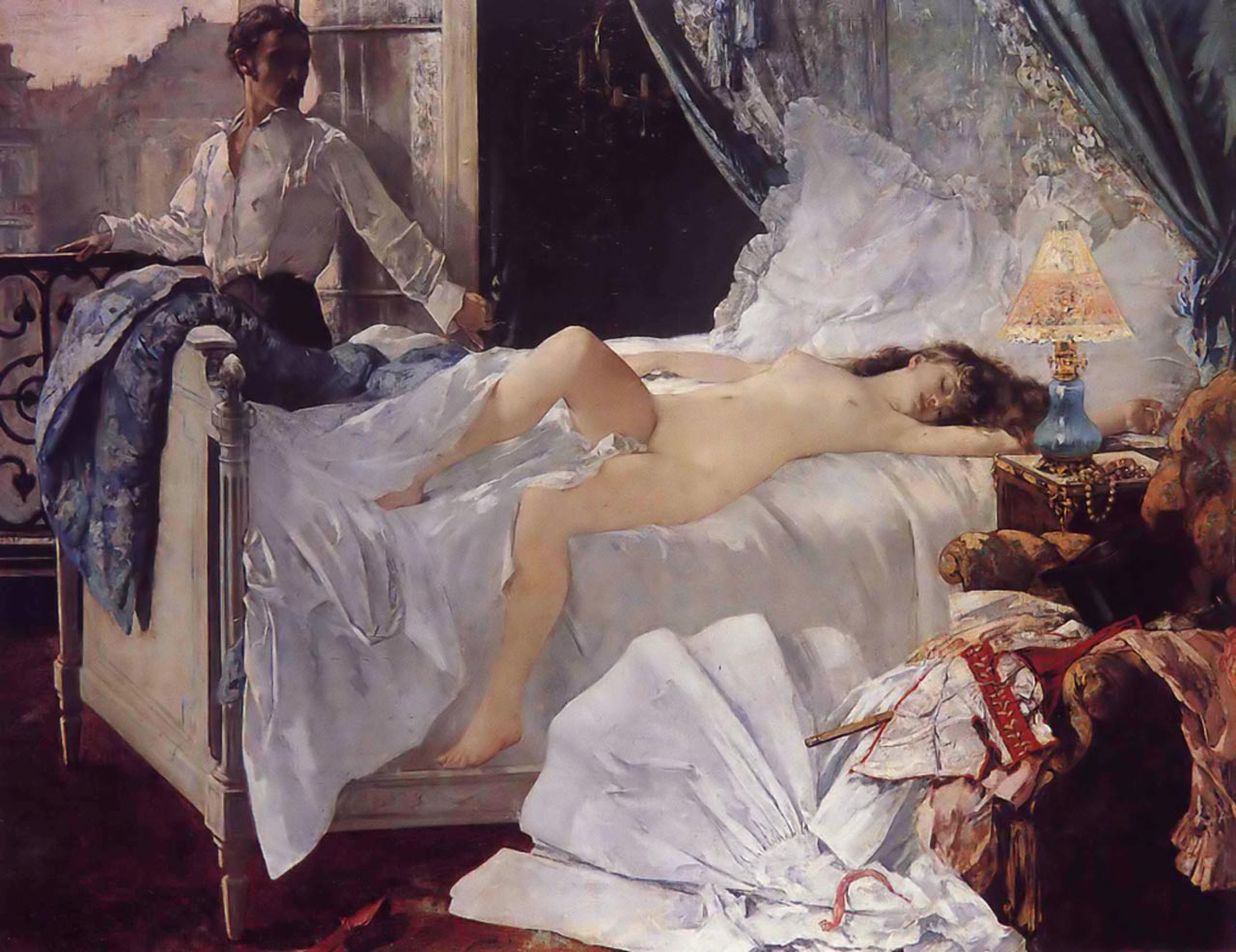
His painting La Femme au Masque, created in 1885, was again considered scandalous from its first public exhibition. The woman behind the Domino masque (22 year old Parisienne model Marie Renard) was unknown to the public, thus offering a perfect blue print to accuse and scandalize several women to be the shameless model. This kind of woman shaming, body shaming wasn’t unusual, not to mention rejected, at this time and would probably a long forgotten story if not for the infamous Camille du Gast court case in 1902.
Camille du Gast | Valkyrie of the motor car

Camille du Gast (Marie Marthe Camille Desinge du Gast) was born in Paris in 1868. A ‘garçon manqué’ (tomboy) she became an accomplished athlete, fencer, tobogganist, skier, rifle and pistol shot, horse trainer and concert pianist. Known as Camille du Gast she married Jules Crespin in 1890, the majority shareholder of Dufayel, one of the largest department stores in France.In 1895 she jumped from a hot air balloon at an elevation of 610 meters (2,000 ft) using a parachute. Jules died young, around the time when she was 27 leaving her a very wealthy widow. This further stimulated sporting activities, including competitive ballooning and parachuting activities. She was described as “the greatest sportswoman of all time” and known as “one of the richest and most accomplished widows in France”After her husband’s death she began to travel extensively, including crossing Morocco on horseback.
In 1900 Camille was thrilled by watching the Gordon Bennett Cup race from Paris to Lyon and by 1901 she owned both a Peugeot and a Panhard et Levassor motor-car, stimulating her interest in driving and racing.
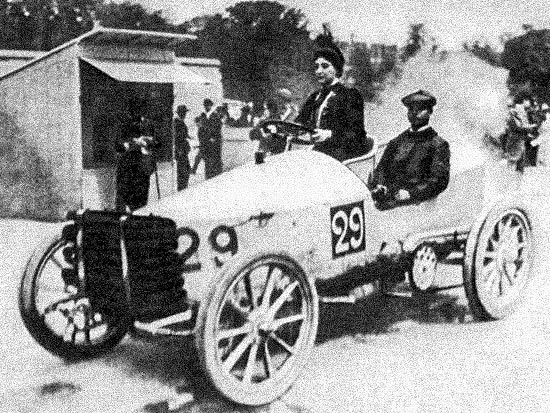
Soon she was one of a trio of pioneering French female motoring celebrities of the Belle Epoque, together with Hélène de Rothschild (Baroness Hélène van Zuylen) and Anne de Rochechouart de Mortemart the (Duchess of Uzès). She was the second woman to compete in an international motor race, dubbed in the press by the sobriquets (nickname) l’Amazone and la Walkyrie de la Mécanique (Valkyrie of the motor car)
The scandal of La Femme au Masque
In 1902 she was the central figure in the Parisian scandal of La Femme au Masque where she was maliciously named as the nude model in the notorious painting by Henri Gervex. It was Maître Barboux, the barrister representing her father and brother, accusing her of having posed for the picture, handing a photograph around the court. She retaliated by bringing a legal action against Barboux, but even though both, the painter Henri Gervex and the real model Marie Renard appeared for her, she lost, possibly because this kind of character assassination or mobbing was considered ‘normal practice’ in France.
This salacious story involved three court cases, and was reported around the world, reported in detail, with the tabloids waxing colorful about her exotic appearance, demeanor, achievements and intellect.
In the same year she applied to enter the New York to San Francisco race but was refused by the governing body because she was a woman. After the French government ban on women in motor racing in 1904 Camille switched to motor-boat racing.
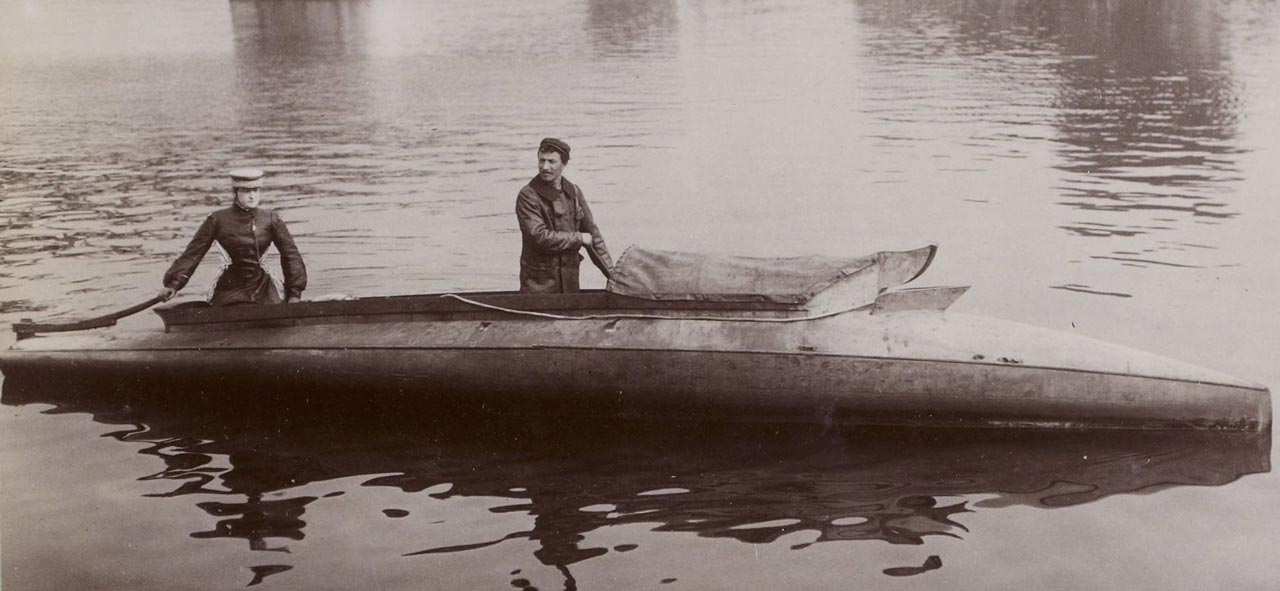
Some years later, around 1910, her life took a tragic twist as her daughter attempted to have her murdered in her home in the middle of the night.
“It was her daughter who put an end to this adventurous life. A jealous and mercenary individual, she had been trying for a long time to extort money from her famous mother. By the skin of her teeth, Camille escaped an assassination attempt, instigated by her daughter’s ruffian friends, at her home in the middle of the night. She confronted them and they turned tail and fled. Faced with a daughter who had deceived her, nothing was ever the same for Camille after that, and from that point until her death in Paris in April 1942 she devoted herself to her beloved animals.”
Jean François Bouzanquet wrote in his book Fast Ladies: Female Racing Drivers 1888 to 1970
Camille du Gast was a feminist fighting for the rights and emancipation of women. She became vice-president of the Ligue Française du Droit des Femmes (The French League for the Rights of Women) after World War I.
